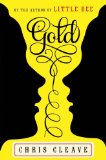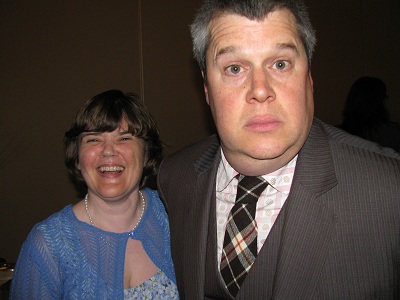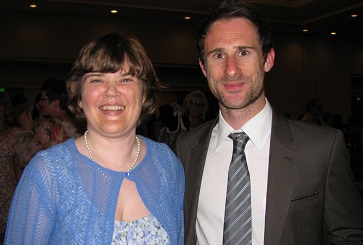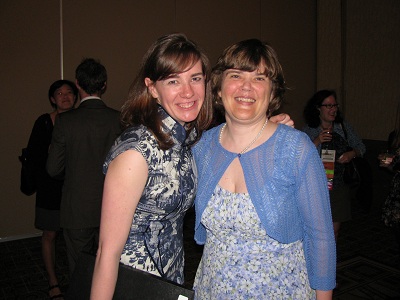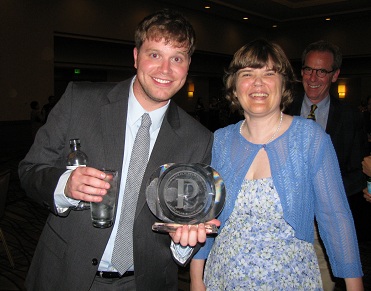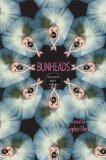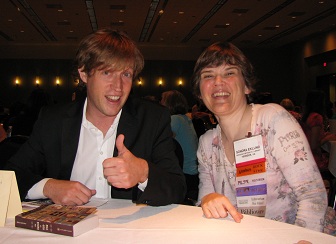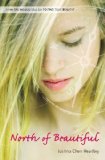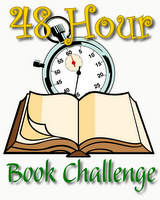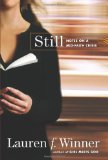Review of Gold, by Chris Cleave
by Chris Cleave
Simon & Schuster, New York, July 2012. 326 pages.
Starred Review
Gold is perfect reading for before, during, and after the Olympic games. It’s a story of a long-time rivalry between Zoe and Kate, the two best women’s cyclists in the world, good friends both on the United Kingdom team. They were first scheduled to compete against each other in the 2004 games, then in 2008, but something happened each time so only one got the Gold. Now the 2012 games are approaching, and both are at the top of their form.
We learn their story as we follow the build-up to the Olympics. Their rivalry isn’t only on the track, and each have their own motivations, their own insecurities, their own inner demons. There’s also a little girl in their lives who has leukemia. They thought it was in remission, and little Sophie doesn’t want anyone to know when she’s feeling bad. But that’s not always a good idea.
I laughed that Sophie is absorbed with Star Wars and uses Star Wars to fight her leukemia, because in Little Bee Chris Cleave had a child who lived in his Batman costume. Super heroes and story do have a way of helping those who are powerless feel much more powerful.
Here’s Sophie thinking about her family:
She leaned her back against the wall and closed her eyes. That half a minute of talking with Ruby had wiped her out. It was good, though. Mum had seen it. Dad had seen it. That counted for an hour when they wouldn’t worry. After that she knew she would start to see the lines creeping back into their faces, and hear the sharp edge coming back into their voices, and notice the little sideways glances they shot at her while they pretended they weren’t looking. They would start to have arguments with each other, about stupid things like training hours and long-grain rice, and they wouldn’t even know why they were doing it. She would know, though. It meant that they were scared for her all over again, and she would have to do one of the things that made them forget it for another hour.
If you were in the car, you could kick the back of the seat. That made them annoyed, which was the opposite of scared. If you were in the house, you had more choices. You could answer back or be lippy, which made you seem less ill. You could do a drawing. You could hurry up the stairs and make a lot of noise so they noticed you doing it, even if you had to lie down on your bed afterwards for ten minutes. You could make it look like you’d eaten all your toast, even if you had to post it down your T-shirt and flush it in the toilet later. You could play boys’ games like Star Wars that had fighting and spaceships and made you look tough, even if you weren’t tough enough to ride a bike.
This book didn’t feel as momentous and weighty as Little Bee, but that’s a good thing. I’m not sure I could have handled that big an emotional punch. It was still a powerful book, and I definitely found myself thinking about it long after reading it. Gold explores motivation, competition, friendship, the search for excellence, and what makes a family. It definitely put me in the mood for the Olympic Games this year.
chriscleave.com
simonandschuster.com
Find this review on Sonderbooks at: www.sonderbooks.com/Fiction/gold.html
Disclosure: I am an Amazon Affiliate, and will earn a small percentage if you order a book on Amazon after clicking through from my site.
Source: This review is based on an Advance Reading Copy I got at ALA Midwinter Meeting.
